Results
-
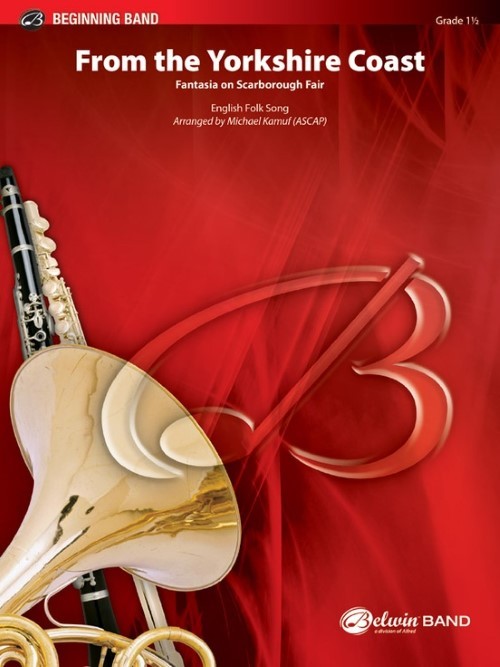 £54.95
£54.95From the Yorkshire Coast (Concert Band - Score and Parts) - Kamuf, Michael
Here's a fantasia for beginning band based on the English folk song "Scarborough Fair." This beautiful melody is passed around to all instruments in this contemporary and expressive setting that is certain to be a favorite for students and audiences. A musical adventure.Duration: 2:15
Estimated dispatch 7-14 working days
-
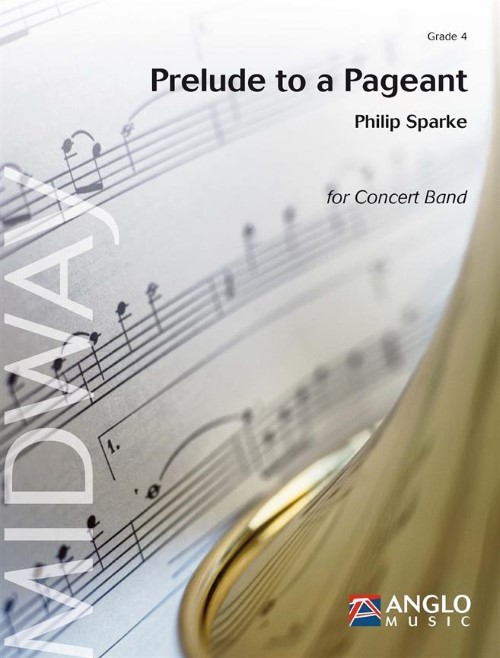 £137.99
£137.99Prelude to a Pageant (Concert Band - Score and Parts) - Sparke, Philip
Prelude to a Pageant was commissioned by Woodley Concert Band to celebrate their 40th anniversary in 2014. Celebratory in nature, Prelude to a Pageant includes a famous musical link to The Reading Rota (Sumer is icumen in), a manuscript dating from around 1240, discovered nearby Reading Abbey. This lively tune appears early in the work, after an arresting, rhythmic opening and expressive slower section, and also forms the final climax. Duration: 6.45
Estimated dispatch 7-14 working days
-
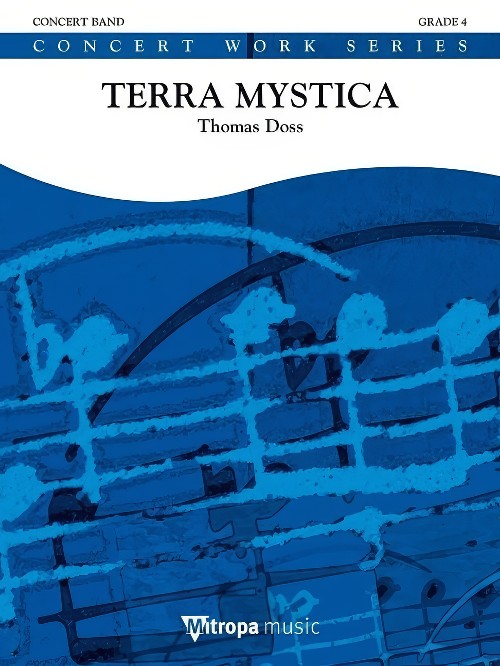 £159.99
£159.99Terra Mystica (Concert Band - Score and Parts) - Doss, Thomas
Terra Mystica is a concert work describing the beautiful area of Hausruck in upper Austria. The three segments (Pastorale, Cathedral and Homeland) each depict different aspects with very different musical characters.Duration: 13:45
Estimated dispatch 7-14 working days
-
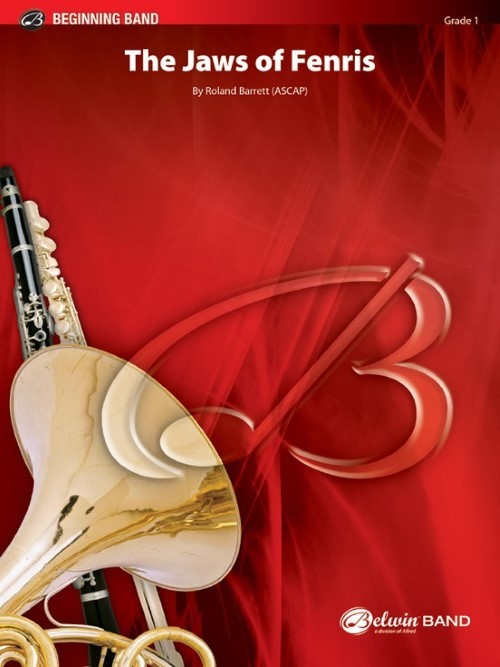 £51.50
£51.50The Jaws of Fenris (Concert Band - Score and Parts) - Barrett, Roland
As the title implies, this stunning overture opens with an ominous initial statement and erupts to a driving musical force to the end. Inspired by an Antarctic mountain, the story is based on the Norse mythology story about a monstrous wolf. Engaging and charismatic, this composition sounds more difficult than it plays and will serve equally well on concerts or contest programs.Duration: 1:45
Estimated dispatch 7-14 working days
-
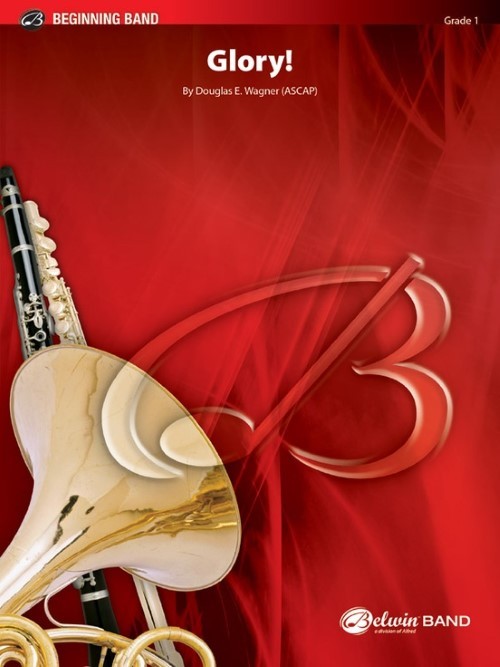 £51.50
£51.50Glory! (Concert Band - Score and Parts) - Wagner, Douglas E.
This composition incorporates a cherished theme from a time when simple values provided guidance for life's challenges. The colourful scoring and frequent shifting of themes among all parts make it fun to play and create a unique musical experience for audiences while providing a wonderful opportunity for your band to sound polished and professional. Stunning!Duration: 2:00
Estimated dispatch 7-14 working days
-
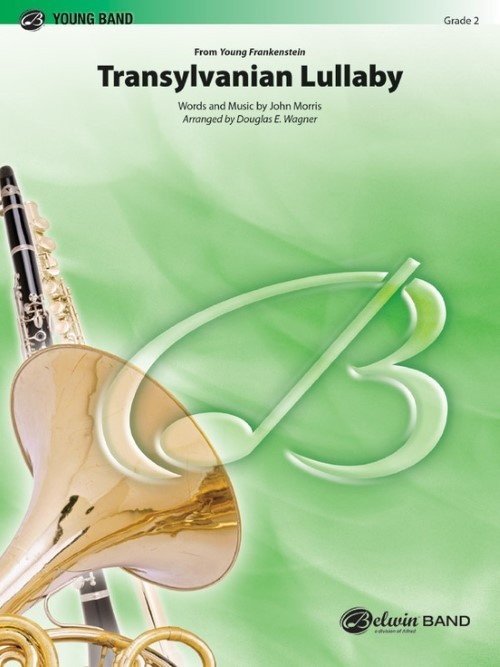 £60.50
£60.50Transylvanian Lullaby (from Young Frankenstein) (Concert Band - Score and Parts) - Morris, John - Wagner, Douglas E.
This iconic film theme arguably has significantly contributed to the near-cult following of the genius of the Mel Brooks and Gene Wilder film. The haunting musical aspects of this piece are characteristically represented in the arrangement. Feature your trumpet soloist for a tremendous Halloween program or at any time during the year!Duration: 4.45
Estimated dispatch 7-14 working days
-
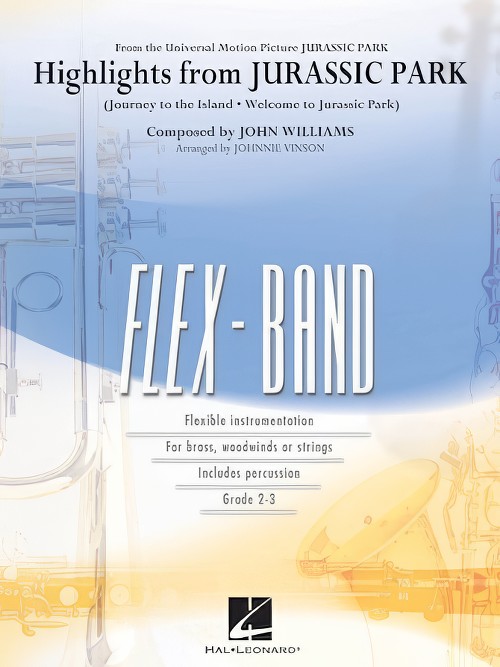 £72.99
£72.99Jurassic Park, Highlights from (Flexible Ensemble - Score and Parts) - Williams, John - Vinson, Johnnie
Featuring the two primary musical themes from the 1993 film Jurassic Park, this arrangement for flexible instrumentation captures the grandeur, as well as tenderness, of the marvellous soundtrack by John Williams.Includes:Journey to the IslandWelcome to Jurassic Park
Estimated dispatch 7-14 working days
-
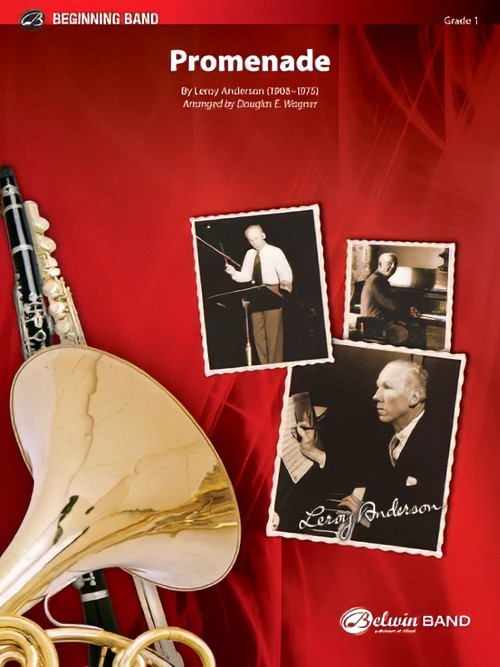 £54.95
£54.95Promenade (Concert Band - Score and Parts) - Anderson, Leroy - Wagner, Douglas E.
A musical depiction of a leisurely stroll through a park, this Leroy Anderson original composition was first performed by the Boston Pops. A perfect introduction to the endless variety found in Anderson's work for your beginning band.Duration: 2:45
Estimated dispatch 7-14 working days
-
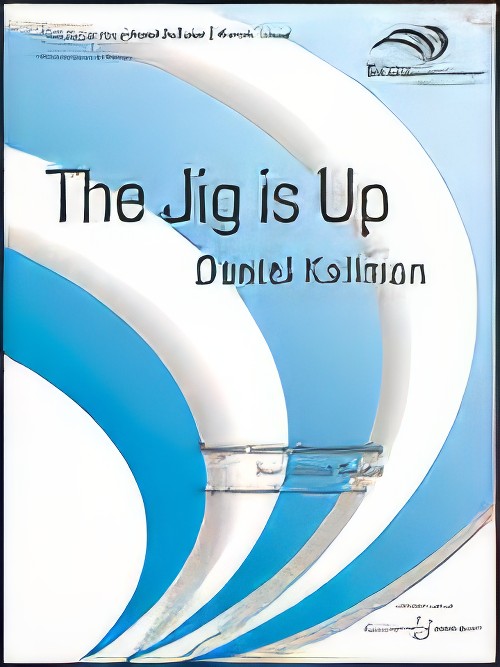 £95.00
£95.00The Jig is Up (Concert Band - Score and Parts) - Kallman, Daniel
Originally intended as an homage to Percy Grainger, The Jig is Up combines an Irish folk theme with interjections from other ethnic elements. Flowing invitingly from an Irish jig into a worldly percussion jam and then a full-bodied chorale, your band will be introduced to many musical styles within this one witty work. Duration: 5:00
Estimated dispatch 7-14 working days
-
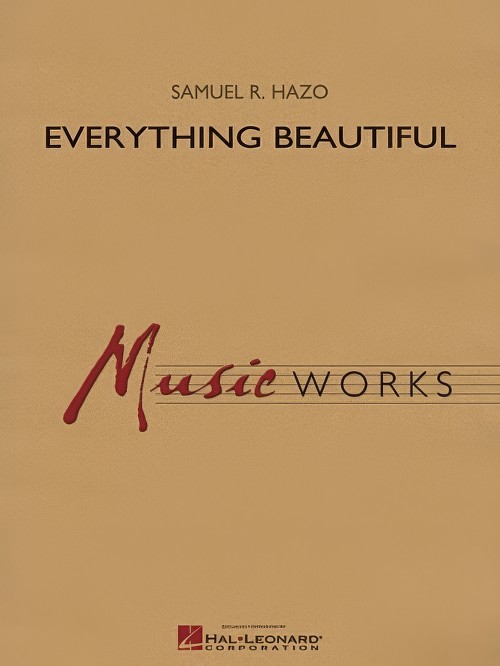 £129.99
£129.99Everything Beautiful (Concert Band - Score and Parts) - Hazo, Samuel R.
Premiered by Maestro Eugene Migliaro Corporon conducting the National Honor Band of America, this spectacular memorial for renowned band director Charles Campbell will surround your students and audiences in layers of emotion. Expressive moments upon moments allow the ensemble to follow their musical instincts, gaining an aesthetic reward each time. Typical of performances, the work fades into introspective silence, then is followed by lengthy applause.Movements:I. The Stillness of RememberingII. Irish TuneIII. While I Think on Thee, Dear FriendDuration: 9:00
Estimated dispatch 7-14 working days
